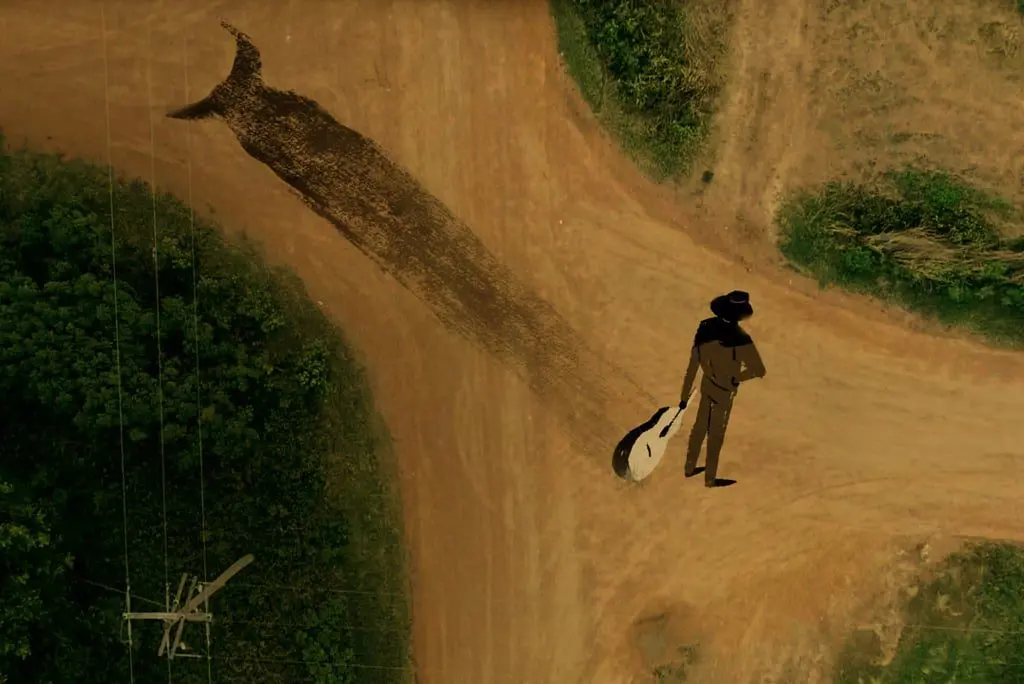Summary
A nicely told story about Robert Johnson, a man you probably never heard of but probably should have. Devil at the Crossroads is one of the stronger entries in the already solid ReMastered series.
What do Jimi Hendrix, Amy Winehouse, Kurt Cobain, and Robert Johnson all have in common? They are members of the infamous ’27 Club’, a group of prodigiously gifted musicians who lived hard and whose vices led to their tragic deaths at the age of 27. If you are like me, there is a good chance you will be familiar with all but one of the above musicians: Robert Johnson. Johnson was the founding member of the ’27 club’, a man so talented with a guitar that it led many to speculate he must have sold his soul to the devil to gain his ability.
Devil at the Crossroads is the latest entry in the Netflix series which tells remarkable stories about musicians and sets them in historical context. This edition is one of the best in the series so far. The standalone documentary tells the story of Johnson, one of the pioneers of Blues music, about whom surprisingly little is known. The documentary explores his background, how he became such an important figure in the story of Blues and how superstition followed him around and cast a shadow over his much too short life.
Director Brian Oakes (Abstract: The Art of Design, Jim: The James Foley Story), weaves the usual collection of talking heads over a bluesy soundtrack and gives us insights into the world at the time of Robert Johnson’s music. This was 1920’s and 30’s Mississippi, a time and a place where it was not easy to be black at all, let alone a black musician playing ‘the Devil’s music’.

With no archive footage to fall back on (none exists) the narrative is given a nice boost from some great looking animation work which brings the story to life without distracting us. The story itself is a good one and it largely stands on its own merits anyway.
We are given a good understanding of the contribution Johnson made to the music world, and why his legacy is so important; when Keith Richards tells you this guy could really strum, and he inspired Eric Clapton and Bob Dylan, then you should probably pay attention.
There is potentially enough here to dig a little deeper into some of the socio-economic circumstances of the time and how these led to such strong feelings of superstition; largely because the subject is so fascinating. I could easily have watched another 20 minutes of this and not felt as though it outstayed its welcome but then again, I’m a sucker for guys with guitars talking about other guys with guitars.




